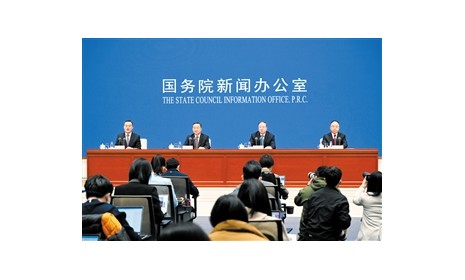食品伙伴网导读:欧洲食品安全局要求其科学委员会就食品对人体健康的危害和益处,准备一个执行食品风险效益评估的指南。发表于2010年7月12日。
摘要下载:summary
意见下载:opinion
原文报道:
Summary
The European Food Safety Authority (EFSA) asked its Scientific Committee to prepare a guidance document for performing risk-benefit assessments of food related to human health risks and human health benefits.
Risk-benefit assessments are performed in different disciplines, under various perspectives and use a wide range of quantitative or semi-quantitative tools. In this opinion, guidance for performing risk-benefit assessments of food focuses on human health risks and human health benefits and does not address social, economic and other considerations such as “cost-effectiveness” considerations.
The Scientific Committee notes that there is less experience with benefit assessment than with risk assessment and therefore proposes to mirror the risk assessment paradigm by introducing four steps for the benefit assessment, i.e. positive health effect identification, positive health effect characterisation (dose response assessment), exposure assessment and benefit characterisation. Following this approach will facilitate a transparent comparison of risks and benefits in the risk-benefit assessment.
Problem formulation should precede the risk-benefit assessment. Agreement on the terms of reference between the risk-benefit assessor and the risk-benefit manager is critical for ensuring a useful and relevant outcome for the risk-benefit manager goals.
After problem formulation, a stepwise approach is recommended using three steps: i) initial assessment, addressing the question whether the health risks far outweigh the health benefits or vice versa, ii) refined assessment, aiming at providing semi-quantitative or quantitative estimates of risks and benefits at relevant exposure by using common metrics, and iii) comparison of risks and benefits using a composite metric such as DALYs or QALYs to express the outcome of the risk-benefit assessment as a single net health impact value. At each of the three steps, both risk assessment and benefit assessment are usually performed at the population level. Where differences in the sensitivity to the agent under consideration exist or are assumed to exist in specific subpopulations, separate consideration of these subpopulations is needed.
After each step of the risk-benefit assessment, discussion should take place between the risk-benefit assessor and the risk-benefit manager on whether sufficient information has been provided or whether the terms of reference should be refined in order to proceed with the next step of the assessment. The outcome of each step of the assessment should also include a narrative of the strengths and weaknesses of the evidence base and its associated uncertainties. The overall magnitude of uncertainty associated with a risk-benefit assessment may often be large. This should not be regarded as implying a failure of the assessment; on the contrary, it provides essential information for decision-making and helps in identification of data needs.
A number of metrics which can be used in the risk-benefit assessment are described in the document. It should be noted that more than one metric will be needed to capture all dimensions of health for a risk-benefit assessment. It is important that the risk-benefit manager is aware of the limitations of the metrics used for measuring risks and benefits.
The Scientific Committee recommends that metrics used in risk-benefit assessment and weight factors associated to most common diseases should be internationally agreed upon in order to ensure harmonisation and recognition of the assessments.
The Scientific Committee recommends a close collaboration between risk assessors and benefit assessors in order to ensure that data generated by one or the other can be used in a broader risk-benefit assessment context. Furthermore, the development of hard biomarkers of effect for both risk and benefit is also needed.
Two examples of the approach for risk-benefit assessment are given. The first one (selenium, an indispensable nutrient) illustrates the case where the risk and the benefit are associated with one single agent, while in the second example (fish), the risk is due to one selected contaminant in food (methylmercury), whilst the benefit is due to other food components. The examples highlight the complexity of risk-benefit assessment, already when entering the first steps of the assessment.
Published: 12 July 2010 See Also
News story: EFSA consults on guidance on risk-benefit assessment of food
SC homepage
Report of the public consultation on the EFSA draft guidance on human health risk-benefit assessment of foods
日期:2010-07-15
















